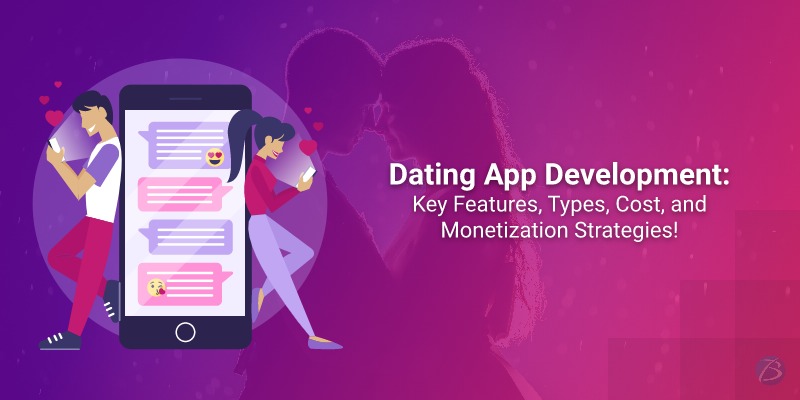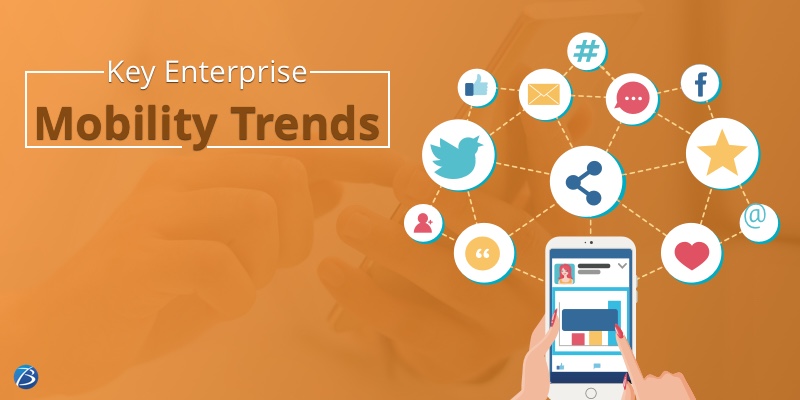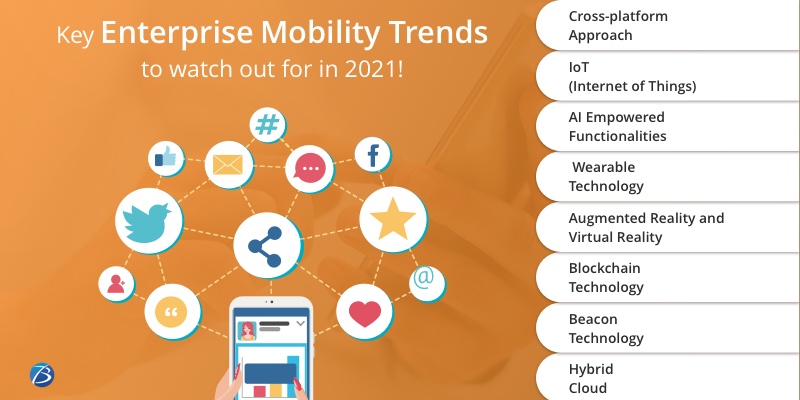Dating App Development- Key Features, Types, Cost, and Monetization Strategies!


In 1959, the first-ever dating service- Happy Families Planning Services- was launched by Phil Fialer and Jim Harvey at Standford. It was a class project where a questionnaire was used to match 49 men and 49 women with an IBM 650- an early digital computer. That is how the concept of technology-based dating services began.
Later, in the year 1995, Match.com and Yid.com, the first modern dating websites were launched and since then, online dating services have evolved tremendously. As of now, about 8000 dating apps/websites exist on the web. And the latest online dating apps like Tinder and Bumble have broken all the records and have proved to be ground-breaking discoveries in this domain.
As reported by Statista, a popular online portal for statistics, Tinder has an audience size of 7.86 million and Bumble has around 5.03 million users.
These numbers are good indicators to recognize the potential of this domain. Owing to this, startups, and entrepreneurs across the globe are focusing on architecting such unique dating apps.
So, this blog is an attempt to provide a brief guide on dating app development for those looking to create a new-age dating app. Here, we will shed light on several parameters related to architecting dating apps. Let’s get started.
Major Types of Dating Apps
- Geographic Proximity Dating Apps: It enables users to find a match based on their geographic proximity, by selecting a radius up to which they want to see the profiles. Ex. Bumble
- Matching Algorithm-Based Dating App: The app algorithm compares different profiles of the users based on personal survey information and suggests matching profiles to them. Ex. eHarmony
- Niche Dating Mobile Apps: These are apps targeted to a specific niche or group of people. For instance, ‘The League’ only allows people with advanced education and careers for matchmaking. Likewise, ‘DateMyPet’ is another dating app exclusively meant for pet lovers.
- Traditional Dating Mobile Apps: These are like so-called ‘old-school’ dating apps, simply replicating the features of the web versions of the apps. Ex. OkCupid.
Key Features of New-age Online Dating Apps
Features are the most important attribute of a dating application and play a vital role in the success or failure of the app. So, here we have enlisted the top features that the dating app development services consider while creating such advanced apps. These features are broadly classified into two main categories: Features for the user panel and features for the admin panel. Let’s have a look at both of these categories.
Feature for User Panel
Feature for Admin Panel
- Secure Login to Admin Dashboard
- Verification of User Profiles
- Managing Notifications
- Managing Menu/Screens/Pages
- Managing Users/Requests/Rewards
- Multiple Payment Gateway Integration and Currency Support
- Managing Membership Packages
- Managing Affiliate and Partnership Program
- Running Promotions/Offers/Discounts
- Managing SMS and Email marketing
- Viewing Reports and Data Analytics
- Tracking Revenue
- Content Modification using CMS
Monetization Strategies for Online Dating Mobile Apps

There is tough competition in this arena and the cost of developing a unique dating mobile app, too, is quite high. So, it is essential to apply some monetization strategies to generate revenue down the line. Let’s explore them.
Affilate Marketing/Selling Advertisements
Affiliate marketing i.e. in-app advertisements is one of the best practices to make money when there is a good amount of traffic on your website or app. It is a tried and tested technique in which you need to display ads of diverse brands and companies for promoting their products on your app, by using Google AdSense or directly from the companies. You can earn money when the users either view the ad, click on it, or buy some product through the ad.
Subscribing to Premium Plan
This is one of the commonest monetization strategies being extensively used by most dating apps. By subscribing to monthly or yearly plans, the users can avail several premium features like removing ads, getting contact details of the matches, unlimited liking, swipes, and chatting, etc. options. For example, Tinder offers a premium plan i.e. a Plus Edition using which, the users can view users from other cities too and even change their location, they can undo their swipes done in the past, get unlimited likes, etc. Another app like OkCupid provides features like removing ads, matching with more number of users, receiving one boost every day, etc. in their Premium Offers.
In-App Purchase
This is another technique in which the users can buy something additional from the app, besides the free services. They can buy extra swipes, likes, stickers, emojis, etc. for instance. An app named ‘Badoo’ is a good example of in-app purchases. Users can get additional benefits like highlighting their messages, sending crush alerts, browsing anonymously, viewing who liked them, sending gifts, etc. in exchange for some money.
Rewarded Videos and Surveys:
Videos and surveys can be embedded in the app for the users to watch videos or take part in surveys so that they earn some coins to help them pay for their membership or even unlock in-app features.
Integrating ecommerce:
Users often wish to buy gifts for their partners, and so, they could buy from the app if eCommerce software is synched in the app. The only thing that needs to be assured is that eCommerce functionality should not affect your app’s working and ultimately the core aim of the dating app.
Cost Required for Dating App Requirement
The cost of mobile app development depends on the features to be embedded in the app, the technology stack, and the development strategy you choose. Besides, it also depends on whether you choose to develop a full-fledged app or go with an MVP model. An MVP model would cost $18,000 approximately. Also, we have calculated the approximate cost of creating a full-fledged dating app like Tinder or Bumble, as given below:
Native Android dating app: $25,000
Native iOS dating app: $25,000
Hybrid dating app: $45,000
So, here we come to the end of this blog, and hope it will be beneficial to you in your Dating app development journey! For any assistance, please feel free to comment below or reach out to us, a forward-thinking dating app development company- Biz4Solutions!



